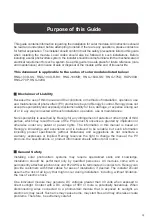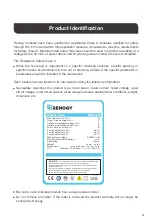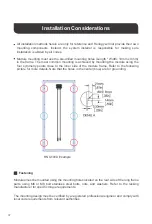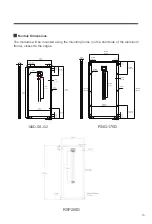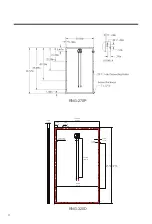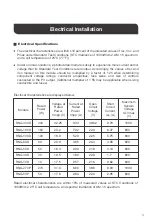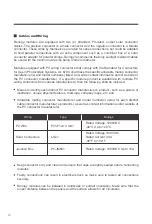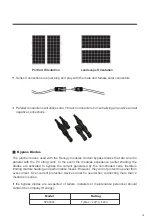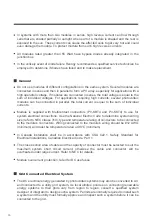
16
Test all electrical and electronic components of your system before commissioning it.
Follow the instructions in the guides supplied with the components and equipment.
To determine Voc and Isc in the following tests, the module(s) must be exposed to the sun
and not connected to a load. Observe personal safety when making these measurements.
Check the open-circuit voltage (Voc) of every series module using a digital multimeter
(Fluke 170 series are recommended). The measured system Voc should correspond to the
sum of the Vocs of the individual module. You will find the rated voltage in the technical
specifications of the type of the module used and in the tables at the end of this Installation
Guide. If the measured value is significantly lower than the expected value, proceed as
described under “Troubleshooting an excessively low voltage”.
Determine the short-circuit current (Isc) of every series circuit. It can be measured directly
by connecting the digital multimeter connected in the two terminals of series circuit or
module, Attention, the rated scale of the ammeter or the rated current of load should be
more than 1.25 times than the rated short-circuit current of series module. You will find the
rated current in the technical specifications of the type of module used. The measured
value can vary significantly, depending on weather conditions, the time of day and shading
of the module.
Testing modules connected in series before they are connected to the system.
First, check all wiring connections to make sure it is not open-circuit or is not connected
well.
Check the open-circuit voltage of each module:
Fully cover the modules with an opaque material.
Disconnect the wiring at both terminals of the modules.
Testing, Commissioning, and Troubleshooting
Renogy recommends that all work in commissioning and maintenance of a system must be
performed by a qualified solar PV technician!
To identify which is common low voltage and excessively low voltage, the commonl ow
voltage mentioned here is the decrease of open-circuit voltage of the module, which is caused
by the temperature rising of solar cells or lower irradiance. Excessively low voltage is typically
caused by improper connections at the terminals or defective bypass diodes.
Commission and Maintenance

